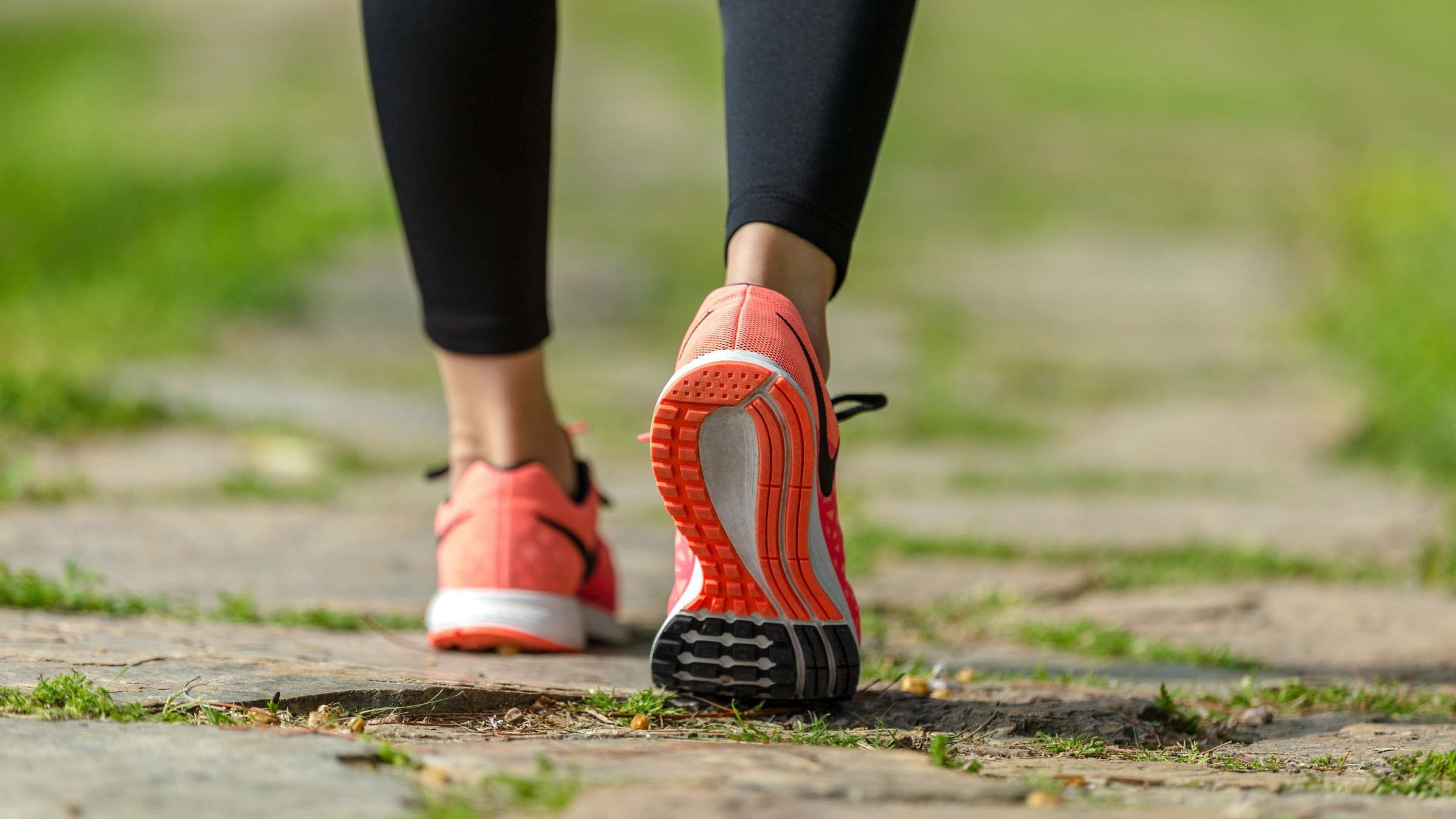
It turns out that our shoes can do more than just help us run a 5K or complete an outfit — they can also alert us to problems with our walking or running style. To find the answers, start by flipping over your shoes.
The patterns of wear on the bottom of your shoes can let you know if something is wrong.
We talked to John Taylor, PT, OCS, a physical therapist at Ohio State Sports Medicine and Rehabilitation Lewis Center, about how to analyze the bottoms of our shoes, the different types of abnormal foot patterns, what problems they can lead to and how to correct for these issues.
What are the different types of foot patterns and how do they show up on our shoes?
According to Taylor, there are three basic types of foot patterns:- Normal foot pattern: For someone with a normal foot pattern, the bottoms of your shoes would show wear on the middle of the heel (where your foot first hits when you walk) and on the middle of the balls of your feet (where you push off when you step).
- Overpronator: The bottoms of the shoes of overpronators show wear on the inside edges of your heels and on the inside edges of the balls of your feet (the side toward the big toe).
- Supinator: Supinators show wear on the outside edges of your heels and on the outsides of the balls of your feet (the side toward the pinky toe).

Taylor notes the appearance of wear patterns on shoes may take several weeks, or even months, of use to appear.
What sorts of problems are associated with abnormal foot patterns?
For overpronators, the problem is that their foot is too flexible.- The feet of overpronators collapse too much and don’t get a good, rigid push-off when they step because their foot is rolled in onto their arch. Taylor explains this can lead to problems such as soft-tissue damage, hip pain and tendonitis.
- Supinators have arches that are raised too much, so they don’t absorb shock very well when their feet first hit the ground, says Taylor. This can lead to stress fractures, IT band syndrome (a tightening of the ligaments connecting the pelvic and shin bones that can cause hip and knee pain) and bone injuries.
How should you choose shoes?
If you are experiencing pain that you think may be due to your walking or running stride, Taylor says that the first line of defense is to switch shoes.
When you buy shoes:
First, if possible, take out the shoe liner to see if it matches your foot pattern.What if switching shoes doesn’t help?
If a change in shoes doesn’t help, then orthotics (removable devices worn inside shoes specifically designed to reduce abnormal foot motion or relieve stress to painful areas) may be a good option.
Orthotics can help correct for overpronation by providing more rigidity to assist in pushing off when we step. They can also correct for supination by adding extra cushion to facilitate shock absorption,” he explains.
What else can I do?
If you’re experiencing pain, want to know more about potential problems with your gait or want to maximize your physical performance, consider undergoing a formal gait analysis at Ohio State to get personalized recommendations for how to keep active without damaging your body.

Maximize your game and your performance every day
Ohio State Sports Medicine offers a wide variety of training and performance enhancement programs.
Learn more



